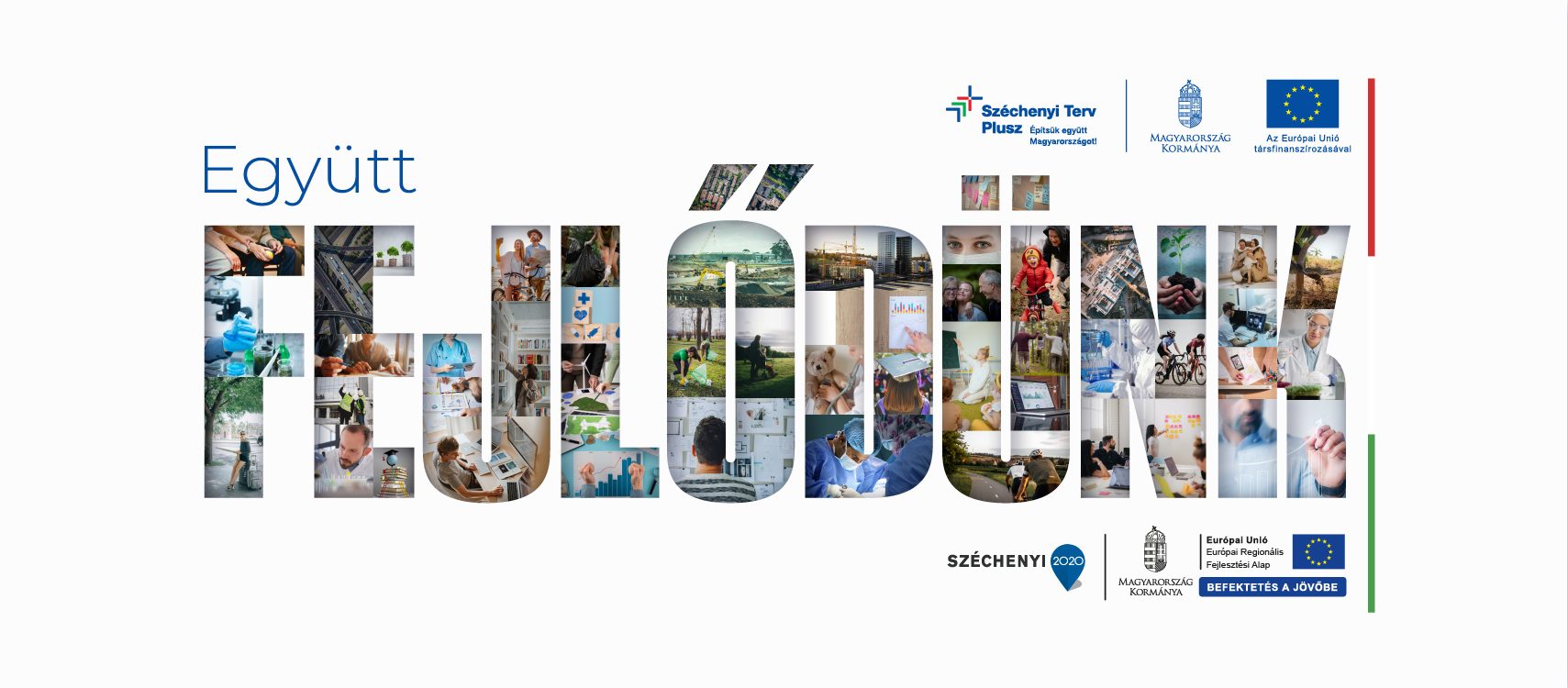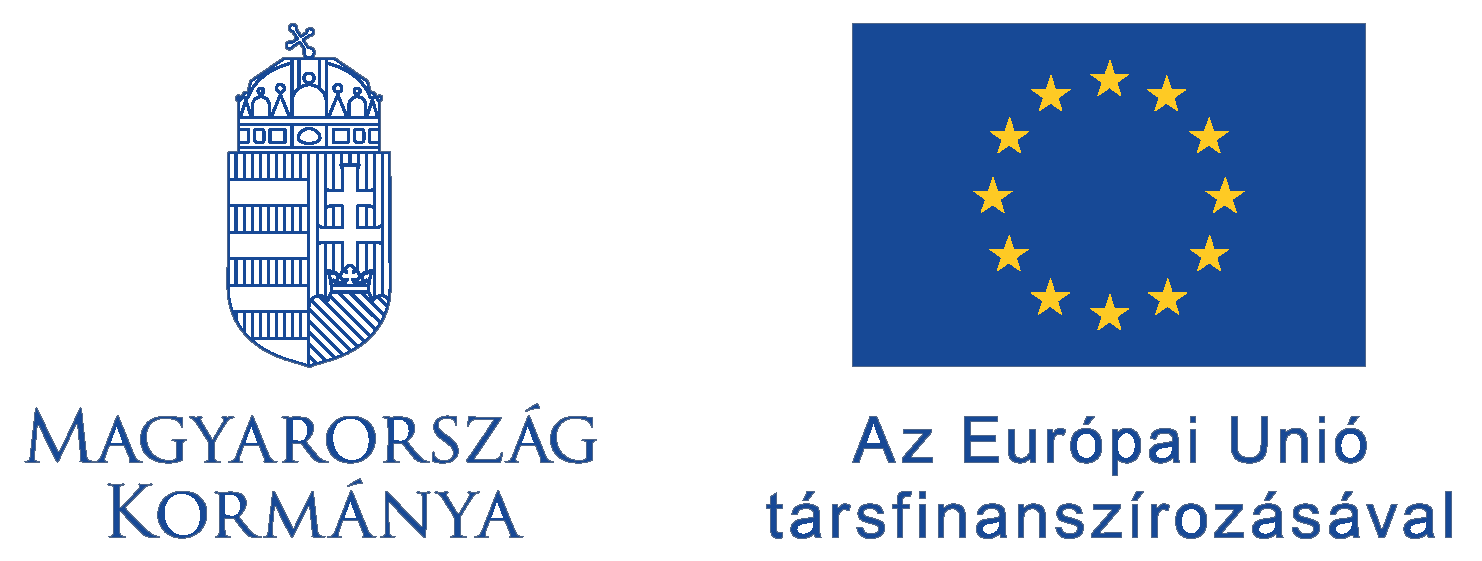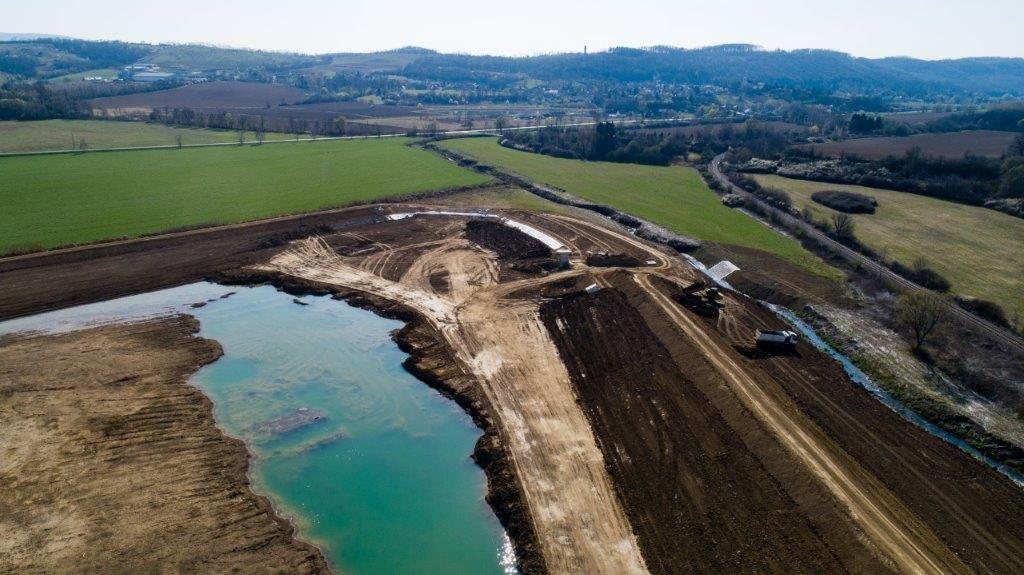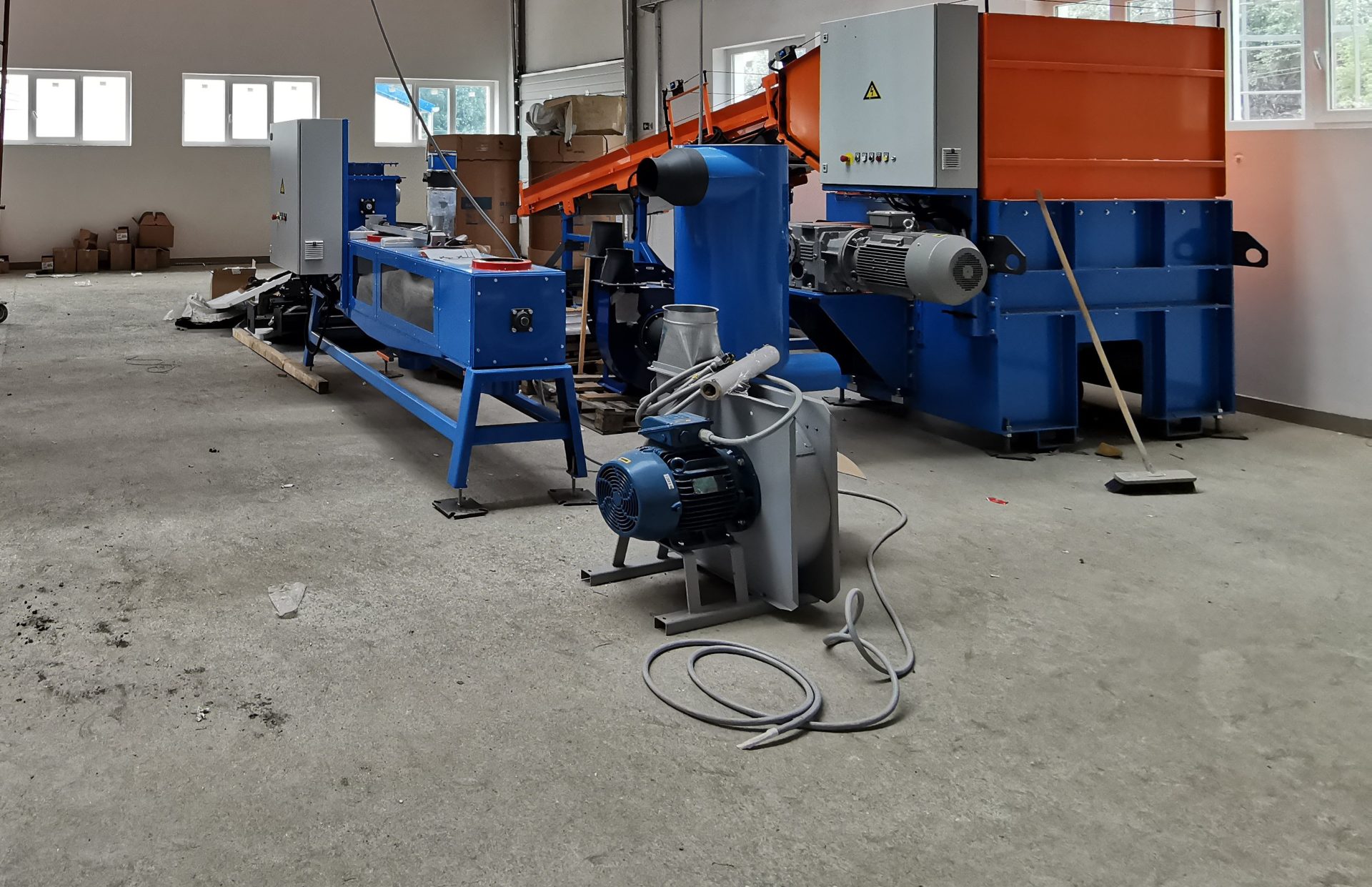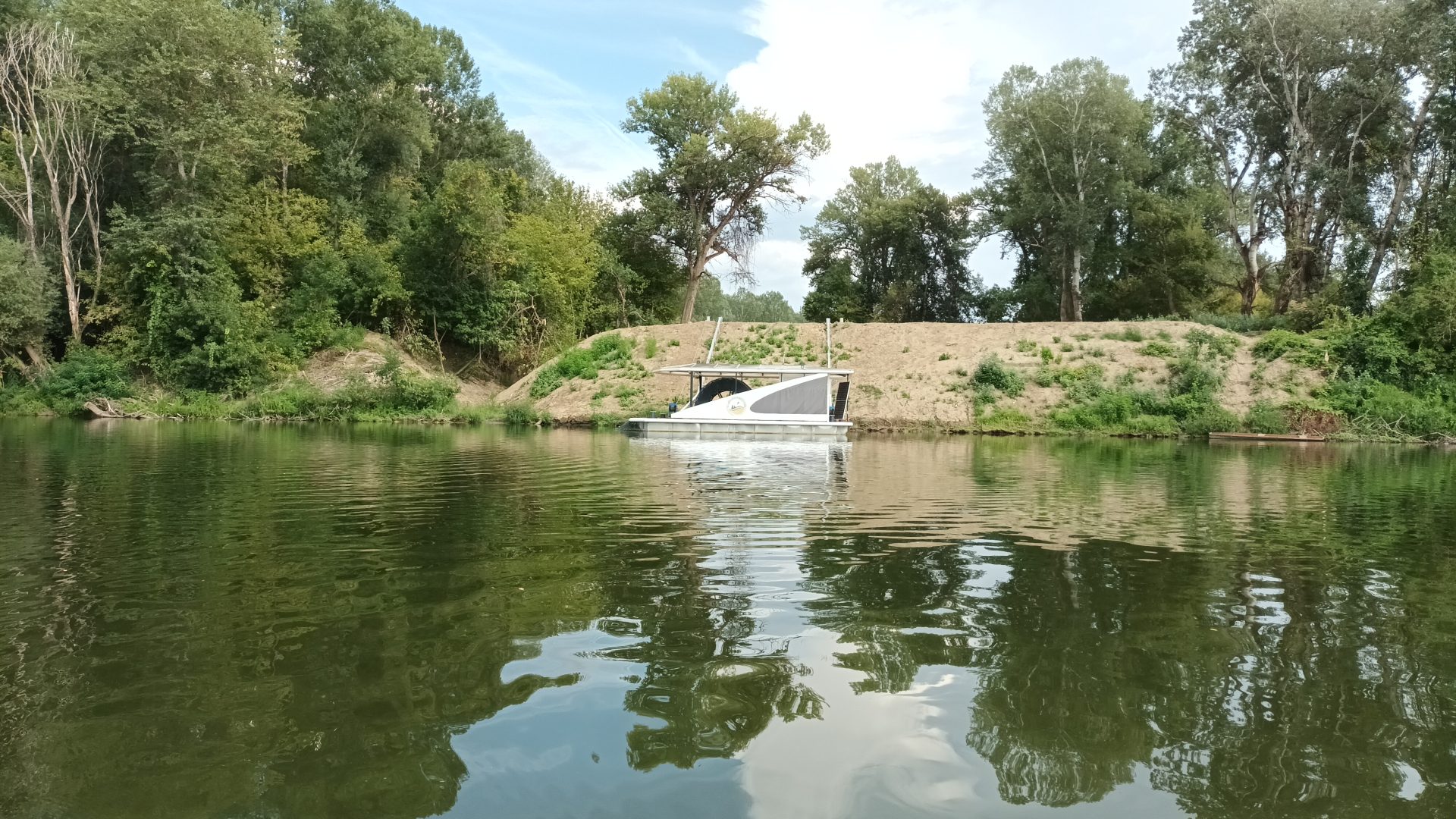In the spring of 2010, the Baranya Canal overflowed its banks. For days, water dominated the landscape in and around Magyarszék — yards, basements, and gardens disappeared under sudden torrential rains, while residents could only watch helplessly as the flood slowly engulfed everything. Few imagined back then that in the following decade, such flash floods would become an increasingly frequent reality. With climate change intensifying extreme weather, the question today is no longer if another flood will come, but how we can prepare for it.
That preparation came in the form of a project led by the General Directorate of Water Management, co-financed by the European Union, under the title Construction of a Stormwater Reservoir in the Baranya Canal Catchment Area. The project focused on building the Magyarszék Reservoir, designed to prevent local flood damage and promote sustainable water management in the region.
The Baranya Canal catchment has long been one of the most flood-prone areas in Southern Transdanubia. Studies by the South Transdanubian Water Directorate showed that after heavy rainfall, torrents from the Kaszánya Stream and the upper reaches of the Baranya Canal quickly flood the valleys, causing serious damage in the nearby towns of Sásd, Magyarhertelend, Vásárosdombó, and Csikóstőttős. To solve this long-standing problem, engineers developed a durable solution — a stormwater reservoir capable of retaining and gradually releasing sudden excess water.
The project formed part of a broader water management strategy, supported by Hungary’s River Basin Management Plan, which had already warned that climate change would drastically alter the annual distribution of runoff: floods would become more frequent in winter, while summers would bring longer droughts. As a result, water retention and adaptation became the key priorities for sustainable management.
The Magyarszék Reservoir — the largest stormwater storage facility in the region — embodies this approach. It both protects against floods and helps maintain sustainable water resources over the long term. Under normal operation, it can retain water across 28 hectares, expanding to 54 hectares in flood conditions. The reservoir was built with an elongated embankment and a 60-meter-long side spillway, which allows floodwaters to enter the basin in a controlled manner.
During the investment, the Baranya Canal’s riverbed was reshaped, with new bed sills, hydraulic structures, water intake, and measurement stations installed. Together, these technical improvements ensure a more even flow rate, reduce sediment movement, and slow down bed siltation. The management of flood waves has thus become more predictable, while the protection of surrounding agricultural lands has significantly improved.
For the local community, the investment marked a real milestone. Residents of Magyarszék — whose gardens were flooded back in 2010 — can now sleep more peacefully, with a renewed sense of security. When heavy rain comes, they no longer need to rush out with sandbags, knowing that the reservoir will hold back the water.
Beyond its protective function, the reservoir has also created new economic opportunities. In “peacetime,” it can be used for recreational and fishing activities, while the surrounding area has become an important natural habitat for various bird and fish species. The project therefore benefits the environment, the local economy, and the community alike.
The story of the Magyarszék Reservoir shows that we can respond to the challenges of climate change through foresight and proactive action — learning how to coexist with nature under changing conditions. The new reservoir on the Baranya Canal has become a symbol of safety, adaptation, and confidence in the future for the people of Southern Transdanubia.
The development was implemented from EU funding in the project KEHOP-1.5.0-15-2016-00007 under the Environmental and Energy Efficiency Operational Programme.
Find out more about the project in the Project Finder:Details
